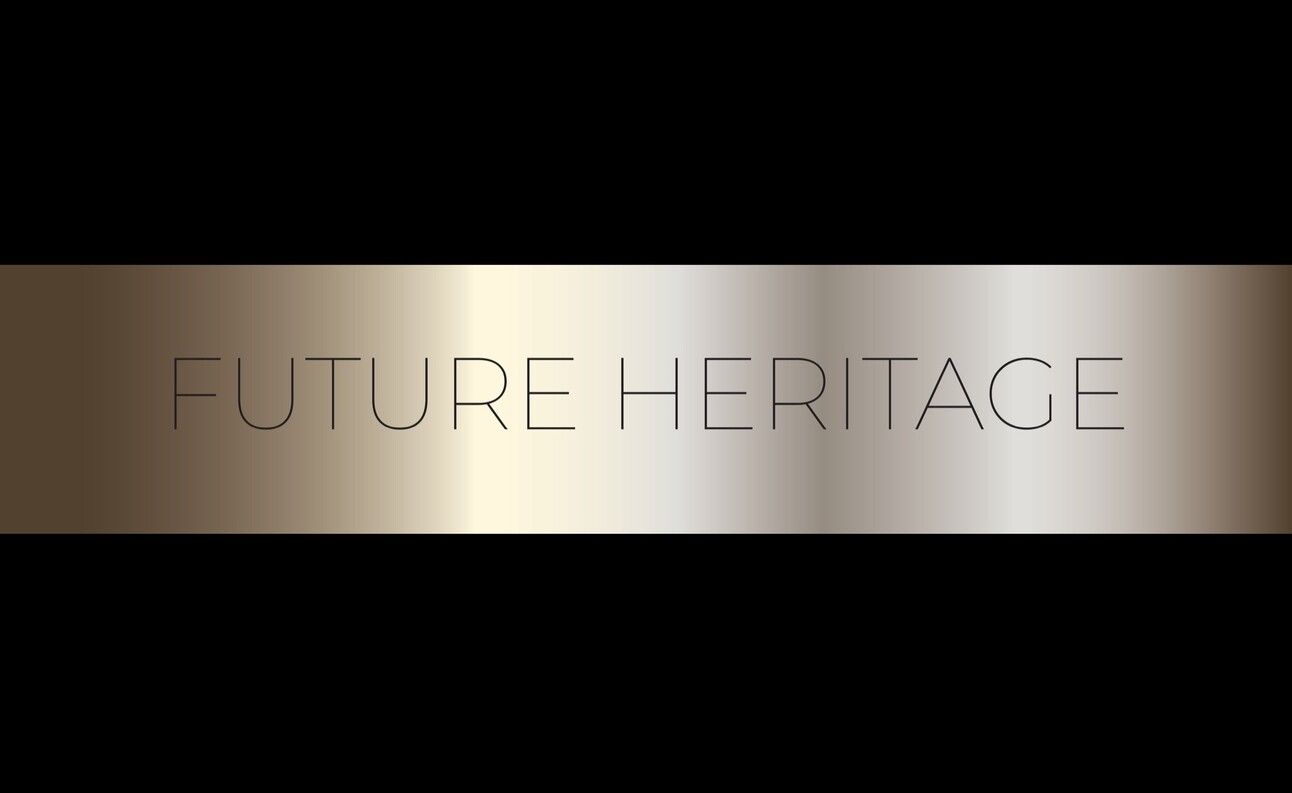
Hey, it’s David.
As promised, once in a while, I’ll share a Special Issue, dedicated to a topic I believe it deserves a deep dive.
About two months ago, I was invited as a distinguished speaker in the European Heritage Hub Forum “EU Enlargement: Cultural Heritage as a Key Resource for Cities and Civil Society”, organized by Europa Nostra and ICLEI. I was excited about this, especially for the reason it was happening in Budva, Montenegro.
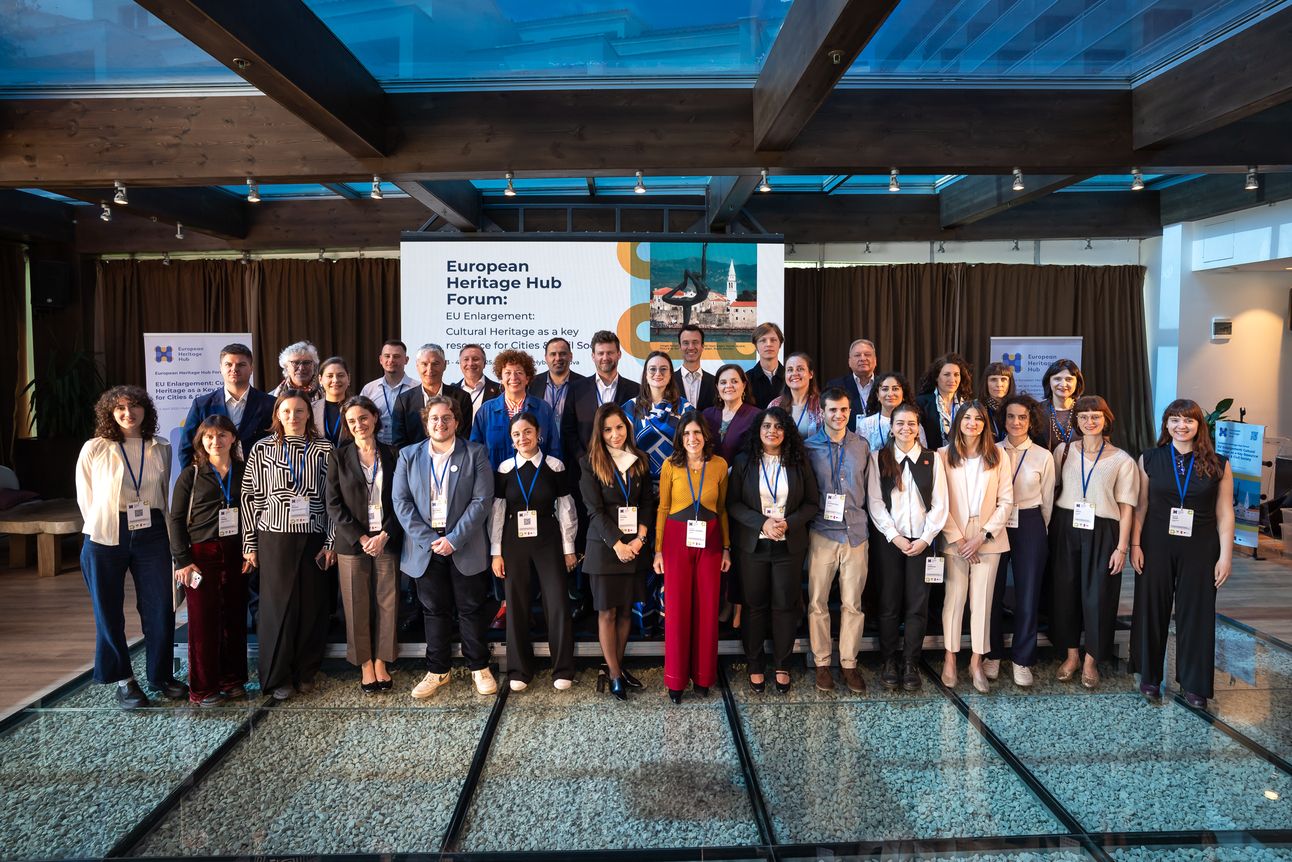
Fig. 1. European Heritage Hub Forum. Source: Raquel Echevarria & Radonja Srdanović.
I presented in the panel Cultural Heritage as a Driver for Social Cohesion and Intergenerational Dialogue and was amazed by the interesting work that people do in the field of culture and heritage.
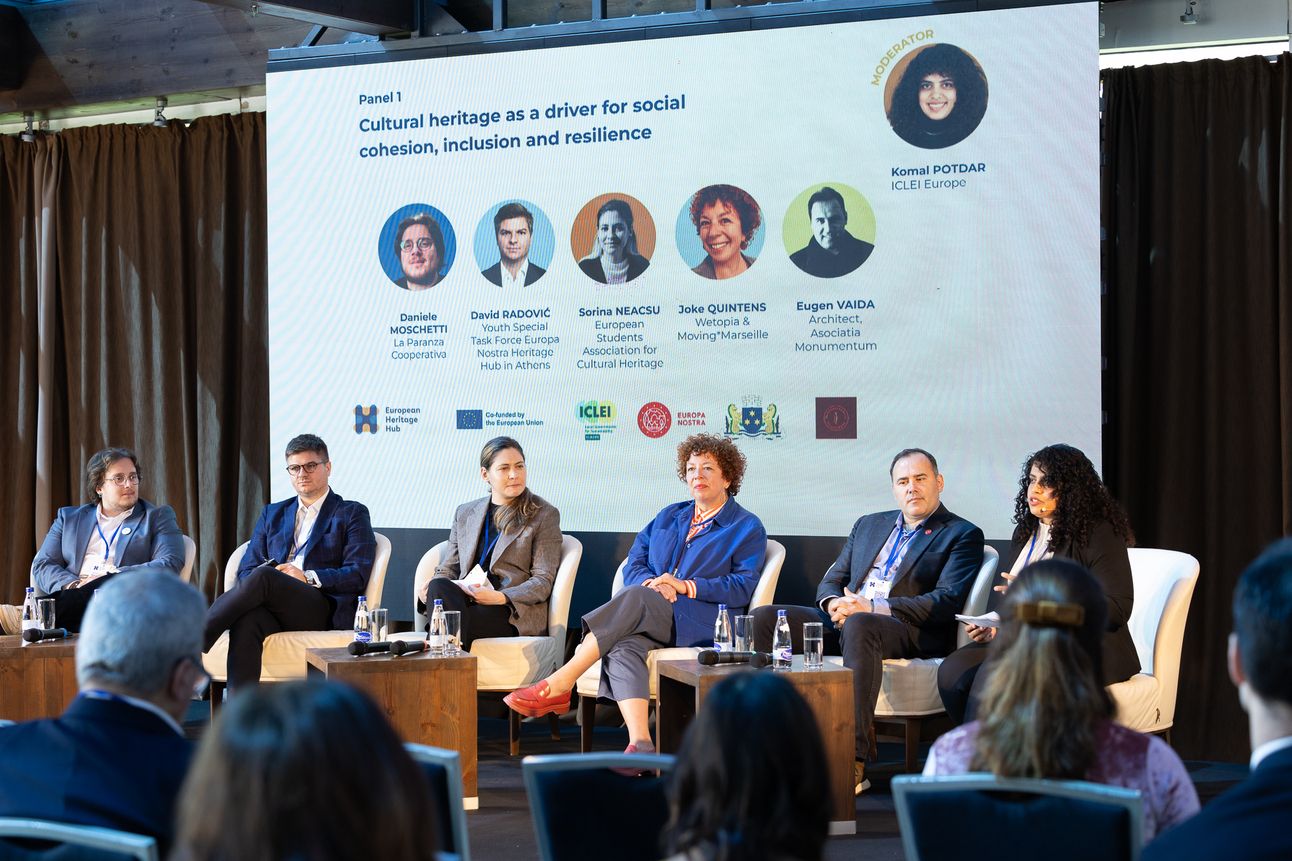
Fig. 2. Panel 1. Cultural heritage as a driver for social cohesion, inclusion and resilience.
Source: Raquel Echevarria & Radonja Srdanović.
Like Joke, who’s doing a project in Brussels called This Is Us. This is Brussels, painting the history of a 1,000 people of Brussels, Danielenrico from La Paranza Cooperativa, transforming the catacombs of Napoli into a vibrant visitor space and fighting socio-cultural inequality. Or Sorina from ESACH, establishing the interdisciplinary student network in cultural heritage, and Eugen from Ambulance for Monuments in Romania, taking in-situ care of heritage in need.
How cool is this? It’s like something that could’ve crossed your mind at university and you dismissed it. But these people took in the action. That’s how cool it is. Creativity and bravery is the way to go, always.
And these are only the speakers at my panel.
The Power of Heritage
Picture a house in Montenegro. Not just any house—a historical one with a garden, weathered stone walls that have witnessed centuries of stories, wooden shutters that once framed the laughter of children and the conversations of elders. Beautiful, yet decaying. Neglected. Ignored by many.
Now imagine this house represents all of Montenegro. Every abandoned church in our villages. Every crumbling fortress overlooking the Adriatic. Every traditional skill slowly being forgotten as young people leave for opportunities elsewhere.
The garden grows wild. The roof leaks. Time and neglect are doing what wars and earthquakes couldn't—erasing our cultural identity one forgotten story at a time.
This is the mental exercise I shared at the panel. No slides. No pretty photographs. Just an idea that lives in our collective imagination because the most powerful heritage preservation happens first in our minds.
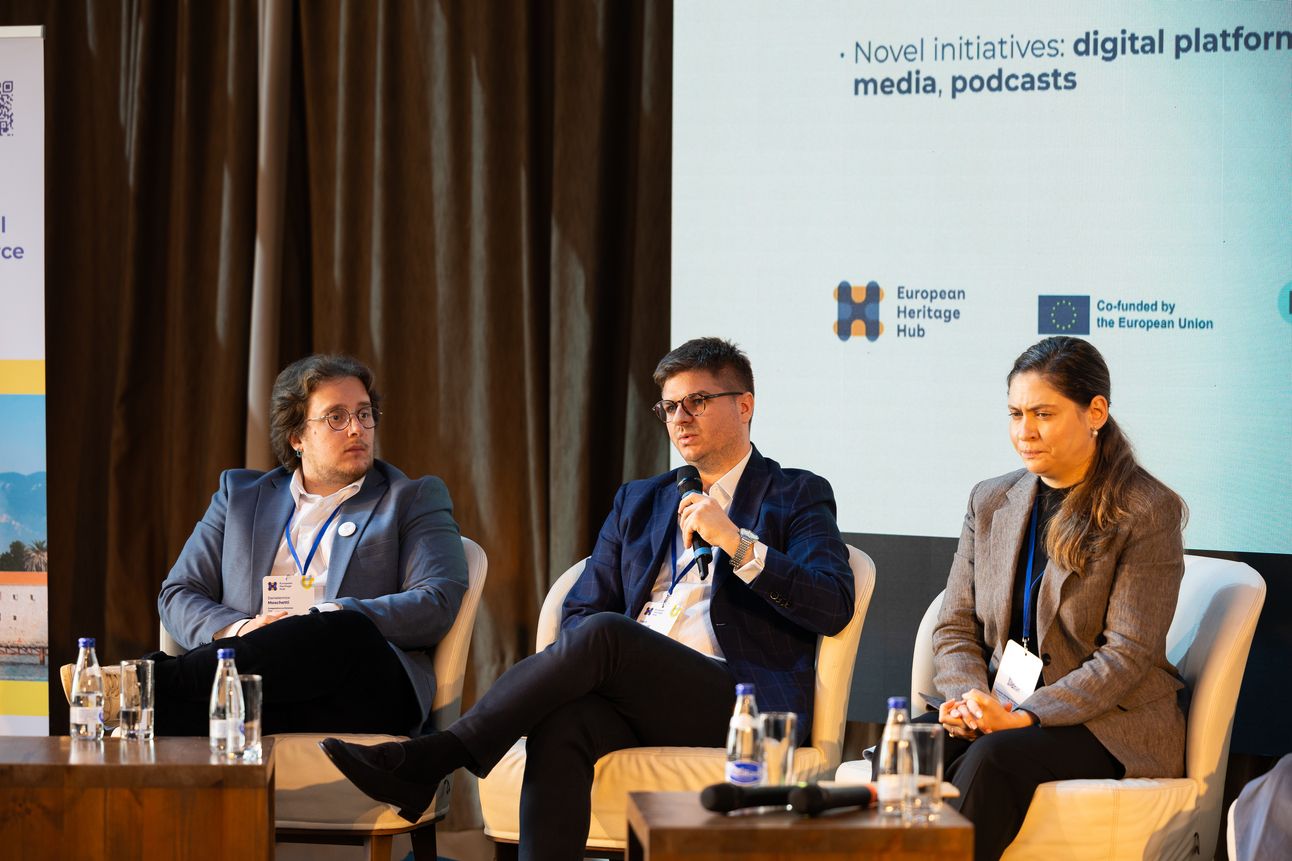
Fig. 3. Presenting at the Panel 1. Source: Raquel Echevarria & Radonja Srdanović.
The Right Questions
Why isn't anything being done?
This simple question, when asked by the right people at the right moment, becomes the spark that ignites action. Because this house, this metaphorical Montenegro, isn't just heritage. It's our right to preserve. It's our identity. It's who we are.
But here's what I've learned after years of working with communities across the Balkans: the most dangerous threat to heritage isn't earthquakes or urban development. It's indifference.
The Power of Good Mentors
Every heritage preservation success story starts with someone who believes change is possible. For us in Montenegro, along with established NGOs and private organizations, that catalyst came through organizations like Europa Nostra's Athens Hub, which created the first Youth for Heritage Co-creation Camp.
From this emerged the Youth Special Task Force for the Western Balkans—a network focused on:
Capacity building for young professionals
Empowering youth voices in heritage decisions
Fostering genuine intergenerational dialogue
Individual passion needs institutional support to create lasting change.
When Communities Claim Their Heritage
What happens when people stop waiting for permission to care?
In Montenegro, we're seeing communities that refuse to watch their heritage disappear:
Local NGOs are mapping cultural routes that tourists and even residents didn't know existed.
Revitalization of traditional practices that connect our past to contemporary life.
Spaces for intergenerational dialogue where elders' knowledge meets young professionals' innovation.
Safeguarding intangible heritage through documentation and living practice.
Filmmaking about endangered sites that transforms passive observation into active advocacy.
The most powerful example? Community mobilization around Sveti Stefan in Budva, where residents couldn't imagine their identity separate from this iconic heritage site.
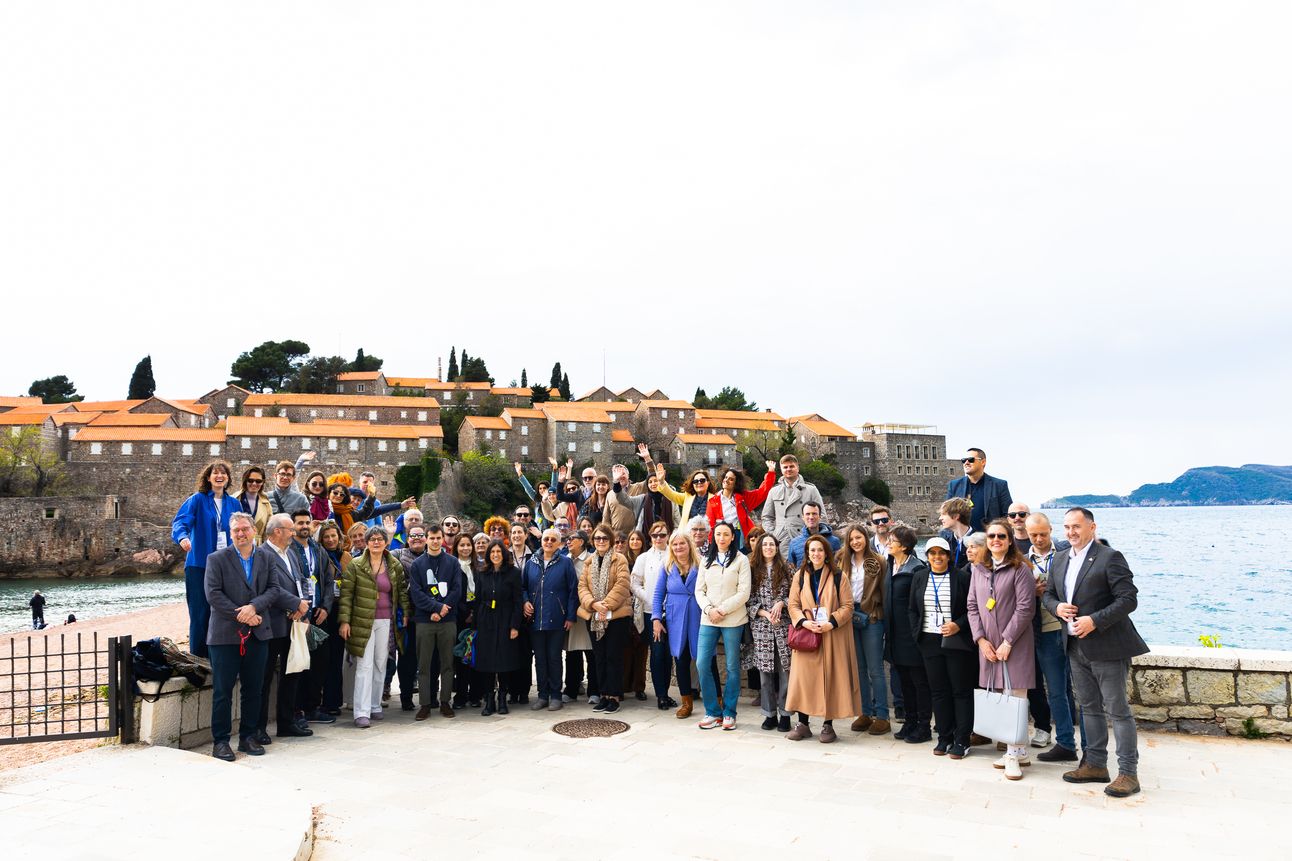
Fig. 4. Visit to Sveti Stefan. Source: Raquel Echevarria.
The Private Sector Problem (And Solution)
Much heritage destruction in Montenegro happens because investors simply don't know better. They see old buildings as obstacles to profit rather than foundations for authentic development.
But we're seeing innovative approaches where certain organizations, like Studio Prostor, educate and guide investors and authorities in preserving and transforming heritage, proving that development and cultural preservation shall be partners, not enemies.
I said this numerous times and I cannot stress enough that heritage must go hand-in-hand with development, not in opposition to it.
Future Heritage is Beyond Preservation
This brings me to why I launched Future Heritage. Because heritage isn't just about preserving the past. It's about shaping tomorrow through research-driven strategies.
It’s the advocating for a fundamental shift: from reactive preservation to proactive heritage creation. Instead of only asking "How do we save what we have?" we're asking "What are we building today that will become tomorrow's heritage?".
This means:
Educating through design research and critical heritage thinking
Helping leaders and governments understand heritage as infrastructure for the future
Creating frameworks for evaluating contemporary architecture's heritage potential
The Mental Exercise Challenge
Here's why I presented without images at the European Heritage Hub Forum. Ideas that live only in photographs die when the slides end. Ideas that live in our imaginations continue to grow.
When you can close your eyes and see that decaying house in Montenegro, when you can feel the weight of its neglected history and the possibility of its restored future, that's when preservation becomes personal.
That's when heritage stops being someone else's responsibility and becomes yours.
Your Heritage Action Plan
Whether a student, practitioner, or leader, the path forward requires:
Empowering youth in cultural heritage through meaningful participation, not token consultation
Fostering genuine intergenerational dialogue where knowledge flows both directions
Increasing investment in culture and heritage by demonstrating its value for contemporary life
Strengthening intersectoral cooperation between heritage professionals, developers, government, and communities
Engaging all stakeholders in local development from the earliest planning stages
Don’t just preserve the past, shape the future.
For the full presentation context and more insights from the European Heritage Hub Forum, watch the complete session on their YouTube channel. I speak at around 1:02:15 and it’s rather short.
1:1 Coaching & Consulting
Ready to transform your approach to heritage preservation? My Heritage Strategy Sessions help professionals, communities, and institutions develop research-driven approaches to cultural stewardship.
Direct work with me on your specific challenges
Personalized application of advanced methodologies
Custom heritage strategy development
Tailored to your career stage and challenges
→ Book a Discovery Call via e-mail: [email protected]
~ David
Future Heritage is a newsletter on the critical intersections of architecture,
culture, and philosophy.
Share with your own network.
Reach out for collaboration.
